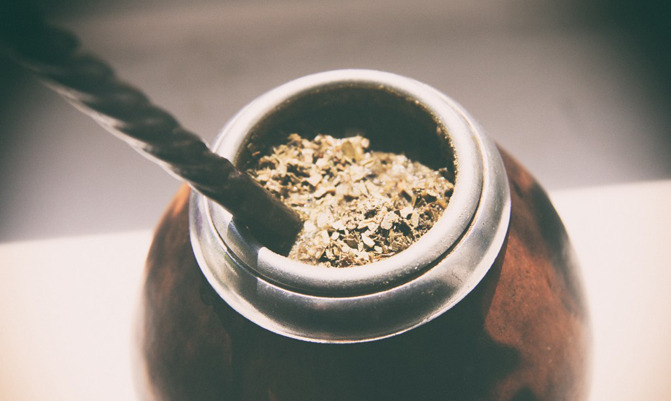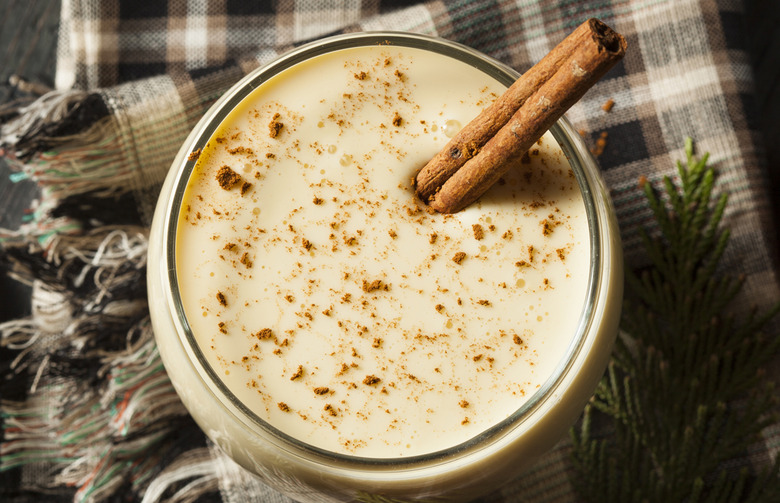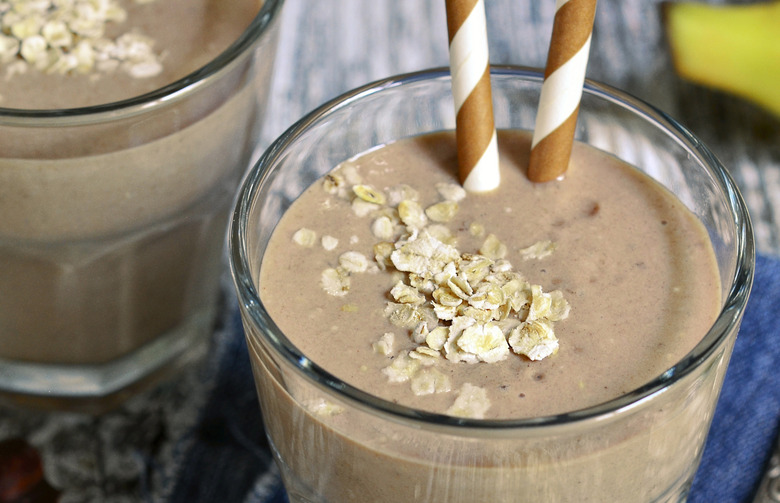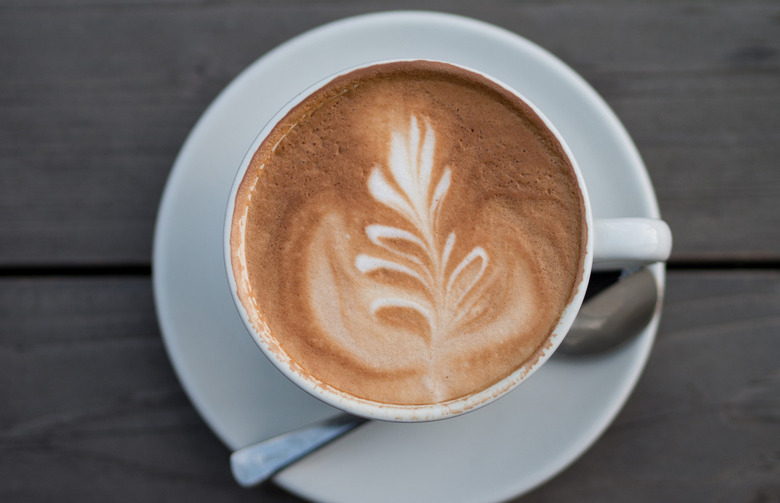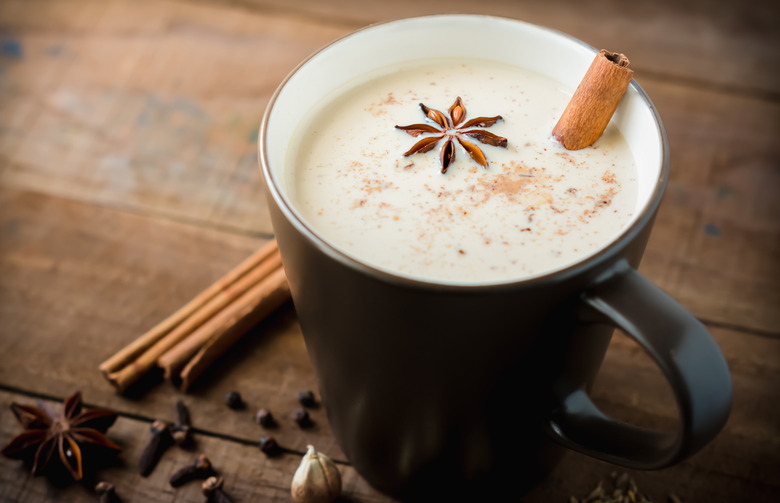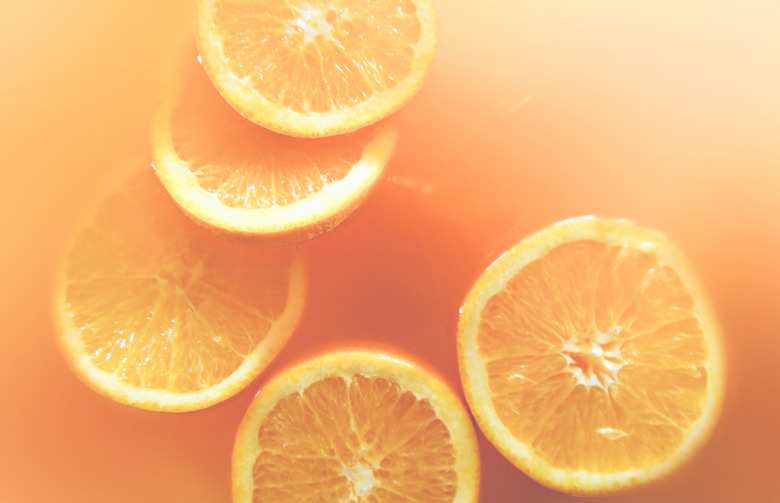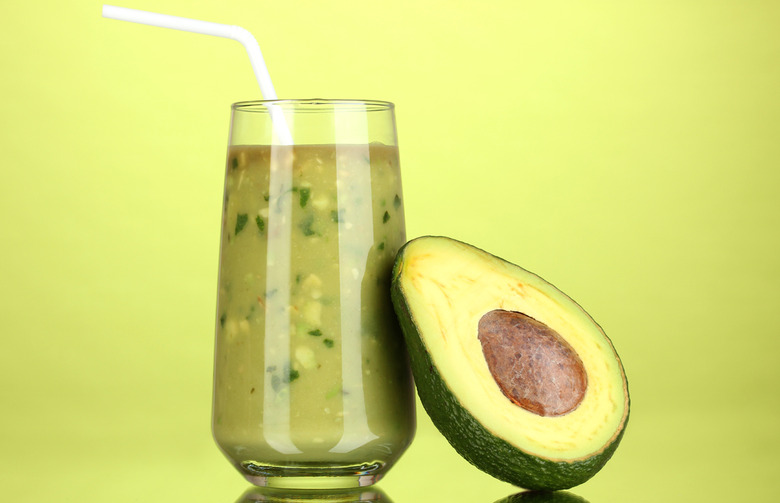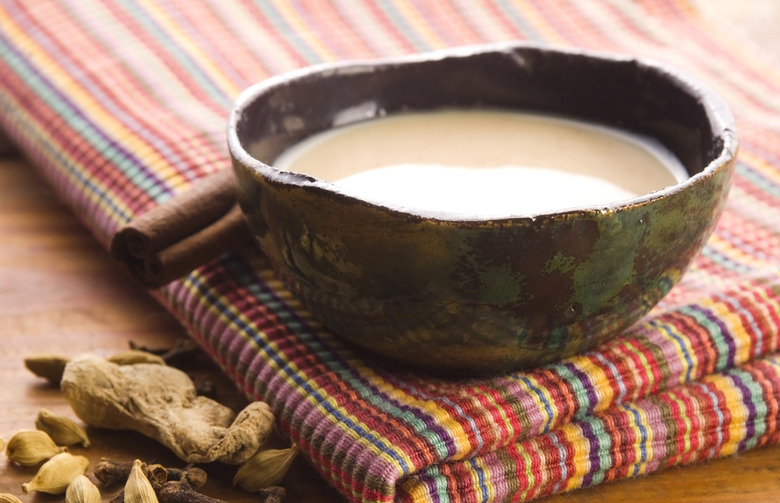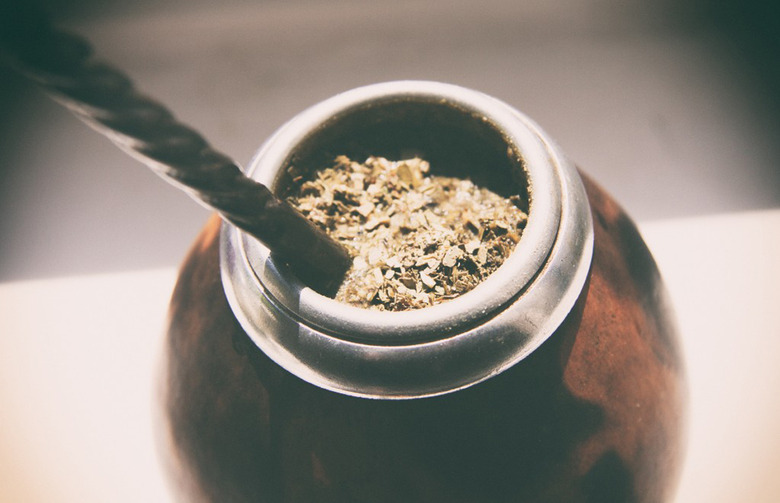Wake Up And Smell The Chai: What The World Drinks To Begin The Day
Ah, breakfast. Recent studies have questioned its position as the day's most important meal; it might even be a good idea to skip if you're on a diet. Regardless of whether you practice morning eating, however, we can all agree on one a.m. tradition: the breakfast beverage. Here are 10 breakfast beverages people around the world use to kick-start their days.
Atole (Mexico)
South of the border, at least some Mexicans sip atole, a comforting combo of cornmeal, sugar, vanilla, and cinnamon. This porridge-like drink is most popular as a winter warmer or on Día de los Muertos (Day of the Dead) celebrations. Around the holidays, kids of all ages enhance their atole with chocolate to make luscious champurrado.
Avena (Colombia)
Drink up your whole grains with a glass of avena. This warm breakfast smoothie blends oats (avena in Spanish), milk, cinnamon, nutmeg, and brown sugar. Depending on your preference, the oats are either strained, blended, or left in the bottom of the glass. Avena can also be found in Nicaragua and other Latin American countries.
Café Cubano (Cuba)
Less is more when it comes to Cuban coffee. In the traditional café cubano, potent espresso is mixed with sugar as it brews; the result is so strong and sweet that it is served in tiny cups. Want to make friends with your café mates? Order a colado: a large café Cubano served with smaller cups for sharing.
Cappuccino (Italy)
Italians like their morning Joe mixed with milk. Frothy cappuccinos provide such a caloric punch that some Italians forgo breakfast. It is this richness that makes cappuccinos a morning-only beverage in Italy; in fact, it's considered silly to ask for one in the afternoon. The Italians would rather fill their bellies with food and wine after lunch.
Chai (India)
In India, chai refers to both the tea itself and the traditional spiced milk tea mix. Even in their sweltering temps, Indians drink chai hot, because the warm tea triggers the body's cooling reflexes. Each region has its own recipe and technique. In Mumbai, the chai — spiced with cardamom, grated ginger, sugar, and milk — is so strong one needs to "cut it"; at stalls, the tea sellers split, or cut, the tea between multiple glasses.
Cocoa Tea (Saint Lucia)
In Saint Lucia, imbibe the island's signature crop with a cup of cocoa tea. Ironically, tea was hard to find in this former British colony, so locals made do with the abundant cocoa grown on the island. To make this morning pick-me-up, shaved chocolate is mixed with nutmeg, cinnamon, milk, and sugar. Local tip: The "tea" is best enjoyed in the fall, when the cocoa pods are fresh.
Fresh-squeezed Orange Juice (Morocco)
While Morocco is synonymous with mint tea, one of the most refreshing morning rituals comes squeezed, not steeped. Head to the bright, orange-stacked stalls for a glass of fresh-squeezed orange juice. Most commonly found in cities, the juice celebrates Morocco's prized citrus crops. After all, the tangerine was named after Tangier, the port city that connects this North African nation to Europe.
Suco (Brazil)
For a breakfast fit for a beach body, hit up Rio's juice bars. Choose from the colorful array of Amazonian fruits for a suco (juice) or vitamina (smoothie), which can be made with creamy abacate (avocado). To ensure you're getting fresh fruit over frozen pulp, order yours "natural". Sample Brazil-only fruits for a healthy juice you've likely not heard of, such as cupuaçu, a superfruit from the cocoa bean family that produces a caffeine-like high when consumed.
Suutei Tsai (Mongolia)
In rugged Mongolia, they take their tea with salt. Suutei Tsai is made with bulk green or black tea that is chipped off from inexpensive blocks. Then milk, usually from the indigenous yak, and salt are added. Other additions include butter (the original bulletproof coffee!) or fried millet, which lends a cereal-like crunch.
Yerba Maté (Argentina)
Stemming from a holly-like shrub, yerba mate blends the antioxidant properties of tea with the caffeinated punch of coffee. In fact, fans claim the buzz is less jittery than that of java. Argentines enjoy yerba maté communally, passing a gourd (maté) between friends and sipping from the same straw (bombilla). In this way, the day begins with instant friends, instead of instant coffee.
